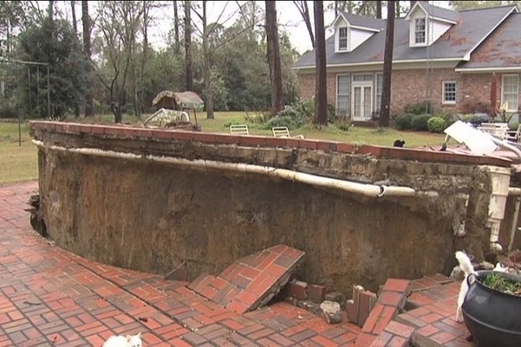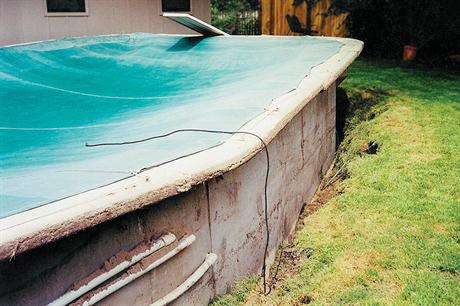Protect your pool

What happens when the pool is empty and left sitting?
There is one man that back in 17th century made our lives easier - Blaise Pascal. He was French mathematician, physicist, inventor, writer and Christian philosopher. He was a child prodigy, educated by his father. At the age of 16 he started working in the field of hydrodynamics and hydrostatics centered on the principles of hydraulic fluids. His inventions include the hydraulic press (using hydraulic pressure to multiply force) that we use nowadays in vast aspects of our lives from cranes to lift cars, to machines, building skyscrapers. He invented the syringe too.
His studies made also our swimming pools safer. Based on Blaise Pascal’s studies, Hydrostatic pressure was set as a term used to describe the force that water exerts on a structure. When we have a swimming pool in the ground, the water that forms in the underground starts to apply a strong force on the structure, from all sides, equally. Maintaining a full of water pool, balances the pressure and life is beautiful. What happens though, when the pool is empty and left sitting? Here is an example:

The most common tool to ensure that equilibrium is a hydrostatic valve. Typically it is installed in the deepest part of the pool and if necessary, it allows underground water to penetrate the pool and restore equilibrium. It is essential that those valves are regularly checked and serviced so that a pool doesn't turn into a grotesque, useless pit.








